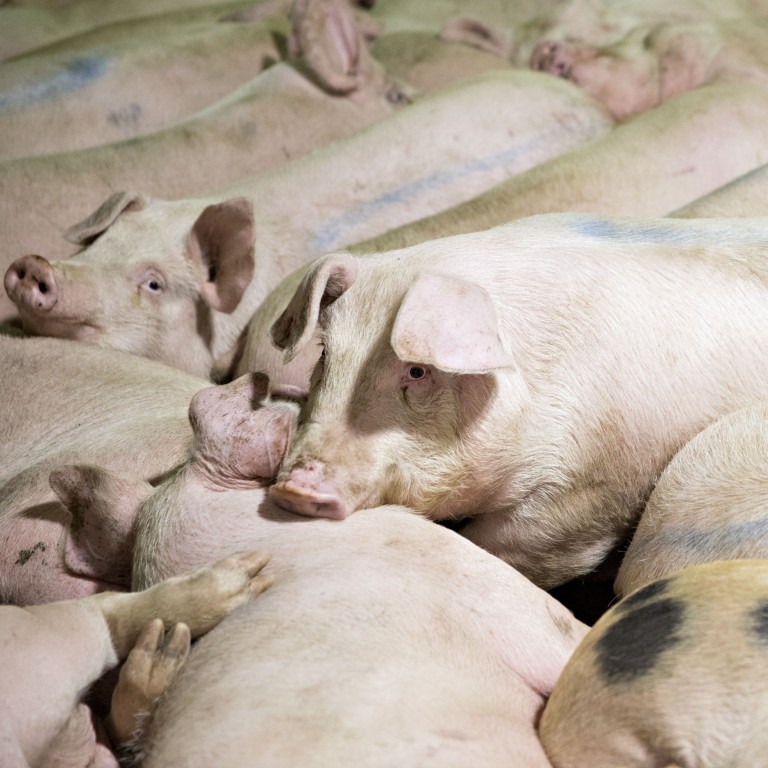
America’s mountain of uneaten bacon is sitting in the freezers as farmers placed wrong bets on China’s demand for pork bellies
- More than 40 million pounds (18,000 metric tonnes) of pork bellies were sitting in refrigerated warehouses as of September 30, according to US government data, the most since 1971
- Bellies have seen a magnified inventory increase because demand is mostly domestic, unlike cuts such as ham, for which overseas buying can help reduce reserves
America is sitting on a mountain of uneaten bacon.
More than 40 million pounds (18,000 metric tonnes) of pork bellies, the cut used for bacon making, were sitting in refrigerated warehouses as of September 30, according to US government data released Tuesday. That’s the most for the month since 1971.
The overhang came after a build up in the American hog herd. Pork output surged over the summer months and through September, said Dennis Smith, senior account executive at Archer Financial Services.
So far, that’s mostly led to an excess for US supplies. But the glut could be short-lived if recent Chinese buying is any indication. Export sales of American pork have soared to weekly records, buoyed by purchases from the Asian country.
China mostly buys carcasses, which they then process domestically, rather than individual cuts of pork. Of course, the belly goes over with the whole hog.

